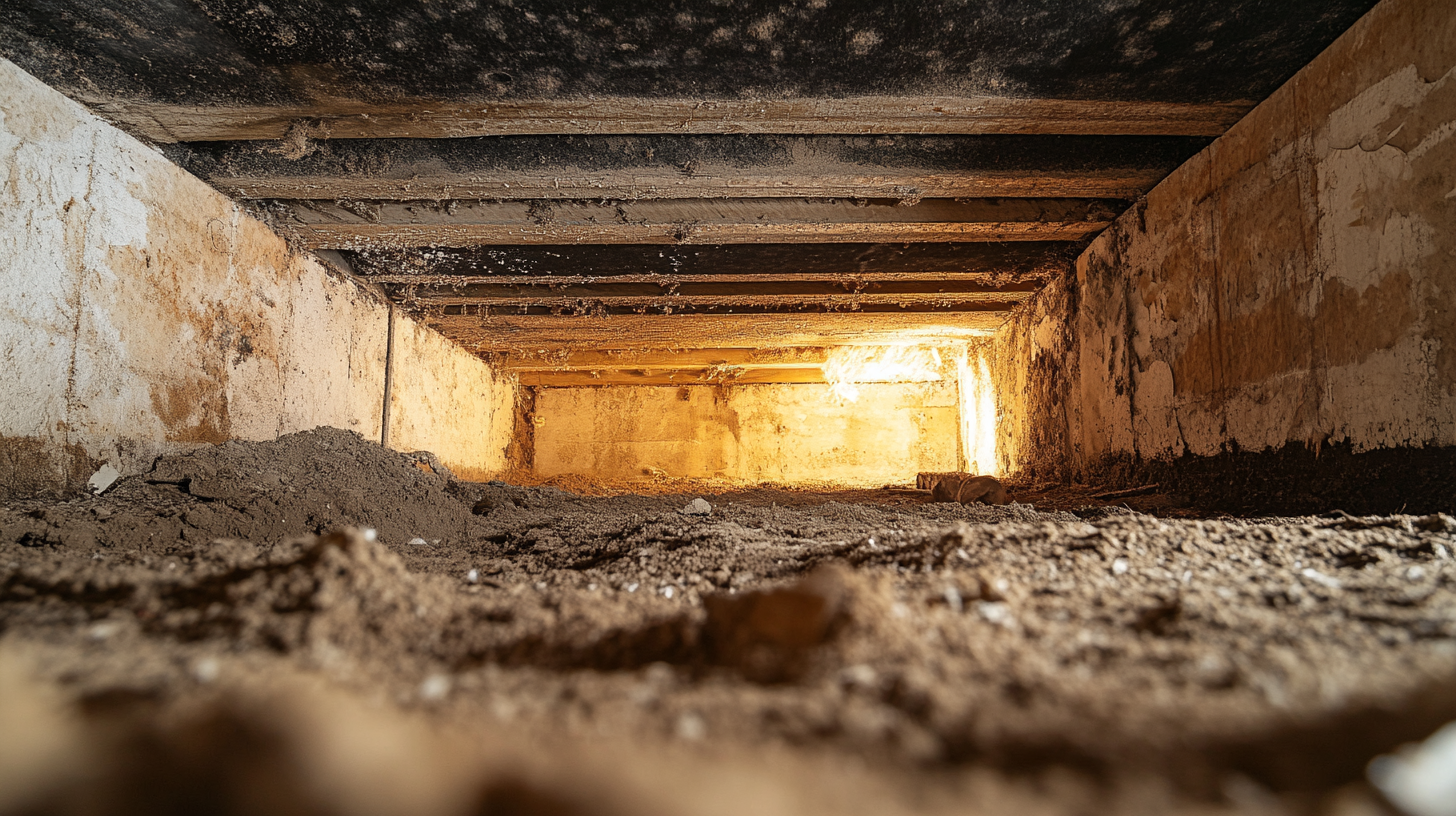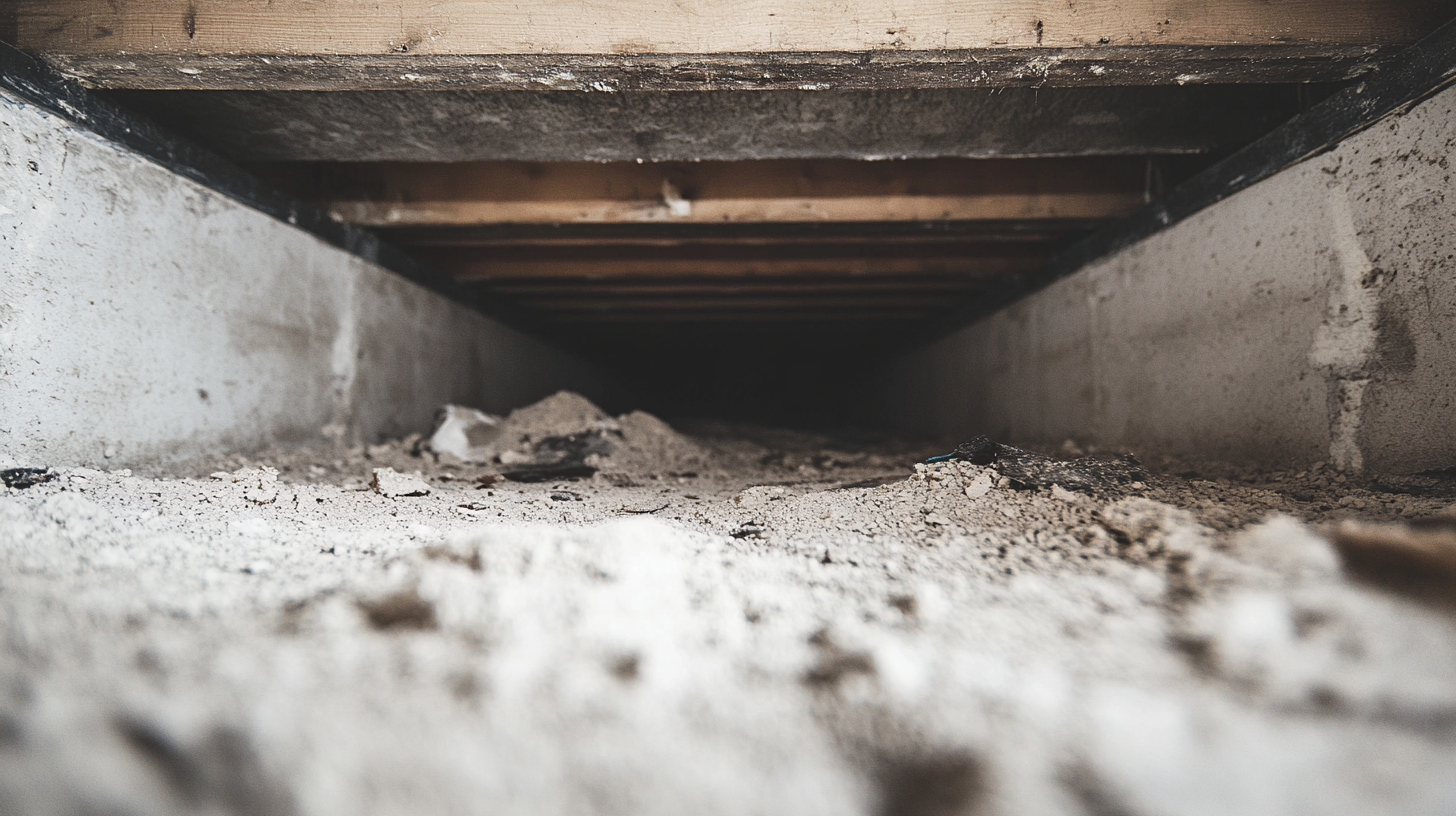Understanding When is Mold Remediation Required

Mold, an ever-present and resilient intruder, can make its way into homes when you least expect it. But when does the presence of mold necessitate remediation? In this blog, we'll explore the critical factors and warning signs that signal the need for professional mold remediation, helping you understand when and why it's essential to take action and safeguard your health and home.
Health Implications of Delaying Mold Removal
Delaying mold removal is a decision that can have severe consequences, particularly when it comes to your health. Mold, especially certain toxic varieties like black mold (Stachybotrys chartarum), can release mycotoxins into the air, which can be harmful when inhaled. Prolonged exposure to mold spores can lead to a range of health issues, including respiratory problems, allergies, skin irritation, and even more severe conditions in individuals with compromised immune systems.
Furthermore, mold can grow and spread rapidly, exacerbating the problem over time. It can infiltrate porous surfaces and structural components of your home, making remediation more challenging and costly the longer it's delayed. To protect both your health and the structural integrity of your property, prompt mold removal is essential when any signs of mold infestation are detected. Don't risk the health and well-being of your household by postponing mold remediation; take action as soon as you notice mold growth to ensure a safe and healthy living environment.
Common Signs That Signal Mold Remediation
Mold, though often hidden, leaves behind a trail of clues that can alert you to the need for professional mold remediation. Common signs of a mold problem include a musty, damp odor that permeates the indoor air, visible mold growth on walls, ceilings, or other surfaces, and an increase in allergy symptoms among household members. These signs indicate the presence of moisture or water intrusion, creating an environment where mold can flourish.
Other visual indicators might include discolored patches on walls or ceilings, warped or deteriorating materials, and peeling paint or wallpaper. Additionally, if you have experienced recent water damage from leaks, floods, or plumbing issues, it's essential to inspect the affected areas for potential mold growth. Ignoring these signs can lead to further contamination and potential health issues. In such cases, immediate mold remediation is the best course of action to address the problem and prevent its escalation.
Assessing Mold Risk Factors in Your Home
Assessing mold risk factors in your home is a proactive step in preventing mold infestations and the health problems they can cause. Some key risk factors include persistent moisture or high humidity levels, especially in areas like bathrooms, basements, and crawl spaces. Leaky roofs, plumbing issues, and inadequate ventilation can contribute to excessive moisture, creating an ideal environment for mold growth.
Another risk factor is poor insulation or improper sealing in your home, which can lead to condensation on walls and ceilings, providing the moisture needed for mold to thrive. Additionally, homes with a history of flooding or water damage are at higher risk. Regular inspections, prompt repairs, and effective moisture control can help mitigate these risk factors, keeping your home mold-free and your family healthy. By identifying and addressing these factors, you can create a safer and more mold-resistant environment for your household.
FAQs
Contact Fast Response Cleaning & Restoration Today!
Fast Response Cleaning & Restoration will do everything we can to ensure your experience with us is excellent.
Request A FREE Estimate
Request A FREE Estimate Form
CHECKOUT RECENT POST



Have an Emergency? We're Here to Help!
When it comes to disaster cleanup, we are a seasoned veteran in the industry and have helped hundreds of property owners just like you.
Our disaster recovery teams are available 24-7 to quickly clean up and repair disasters of all types.
